European Americans have been obsessed with the aesthetic of manicured, verdant lawns since they first appeared in royal gardens. But are they worth all of the hype? Read further to discover why lawns are out and living gardens are in…
Lawns Are So Last Century
For centuries, front lawns have been a socio-economic symbol of success. Traditionally in Western cultures, a well-kept lawn signifies status. From the White House to thousands of suburbs across the U.S., many Americans still subscribe to this ideology. In fact, 80% of Americans have grass lawns.
Despite being in vogue, our lawns lack any environmental value. Actually, lawns are quite harmful to our natural ecosystems! For example, they don’t support our local pollinators, insects or animals.
Lawns require lots of maintenance and resources to stay that enviable shade of green. These structures have costly effects on our environment:
- Pollutants such as fertilizers, pesticides, and/or herbicides used to deter weed growth and tiny predators wash into waterways, and sometimes our food!
- Fun Fact: Clover is a “weed” that converts nitrogen from the air into soil, assisting grass growth. It’s now killed by pesticides and no longer present in “perfect” lawns.
- Lawns strain and deplete our water sources by requiring so much irrigation. They need more than traditional weather patterns supply to stay green. The EPA estimates that 1/3 of all public water is used to water grass.
- Upkeep by machinery, like lawn mowers, emits harmful greenhouse gases like nitrogen oxides and carbon monoxide.
Lawns are the largest crop in all of America, consuming more space than any of our food-related crops. Imagine all of the resources we could save and ecosystems we could help if we grew native species in these spaces!
The Importance of Native Species
Native Plants are naturally occurring, or indigenous, in a particular region or habitat without human introduction. The U.S. Forest Service explains it best:
“Native plants are adapted to the local climate and soil conditions where they naturally occur. These important plant species provide nectar, pollen, and seeds that serve as food for native butterflies, insects, birds and other animals. Unlike natives, common horticultural plants do not provide energetic rewards for their visitors and often require insect pest control to survive.
Native plants are also advantageous, because:
- Native plants do not require fertilizers and require fewer pesticides than lawns.
- Native plants require less water than lawns and help prevent erosion.
- The deep root systems of many native Midwestern plants increase the soil’s capacity to store water. Native plants can significantly reduce water runoff and, consequently, flooding.
- Native plants help reduce air pollution.
- Native plantscapes do not require mowing. Excessive carbon from the burning of fossil fuels contributes to global warming. Native plants sequester, or remove, carbon from the air.
- Native plants provide shelter and food for wildlife.
- Native plants promote biodiversity and stewardship of our natural heritage.
- Native plants are beautiful and increase scenic values!”
Native plants help our environment thrive. They’re sure to bring your yard to life, teaming with pollinators. Do your water bill and our environment a favor, make the switch to native species the next time you’re landscaping!
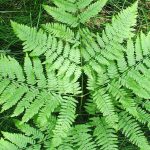

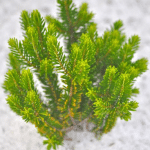
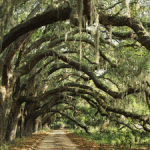
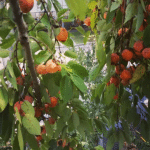
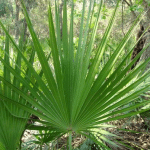

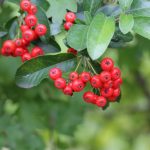


Thank you for reading!
Sources: The Week, Today I Found Out, Healthy Yards, Permaculture News, Scientific American, EPA, Audubon, US Forest Service

